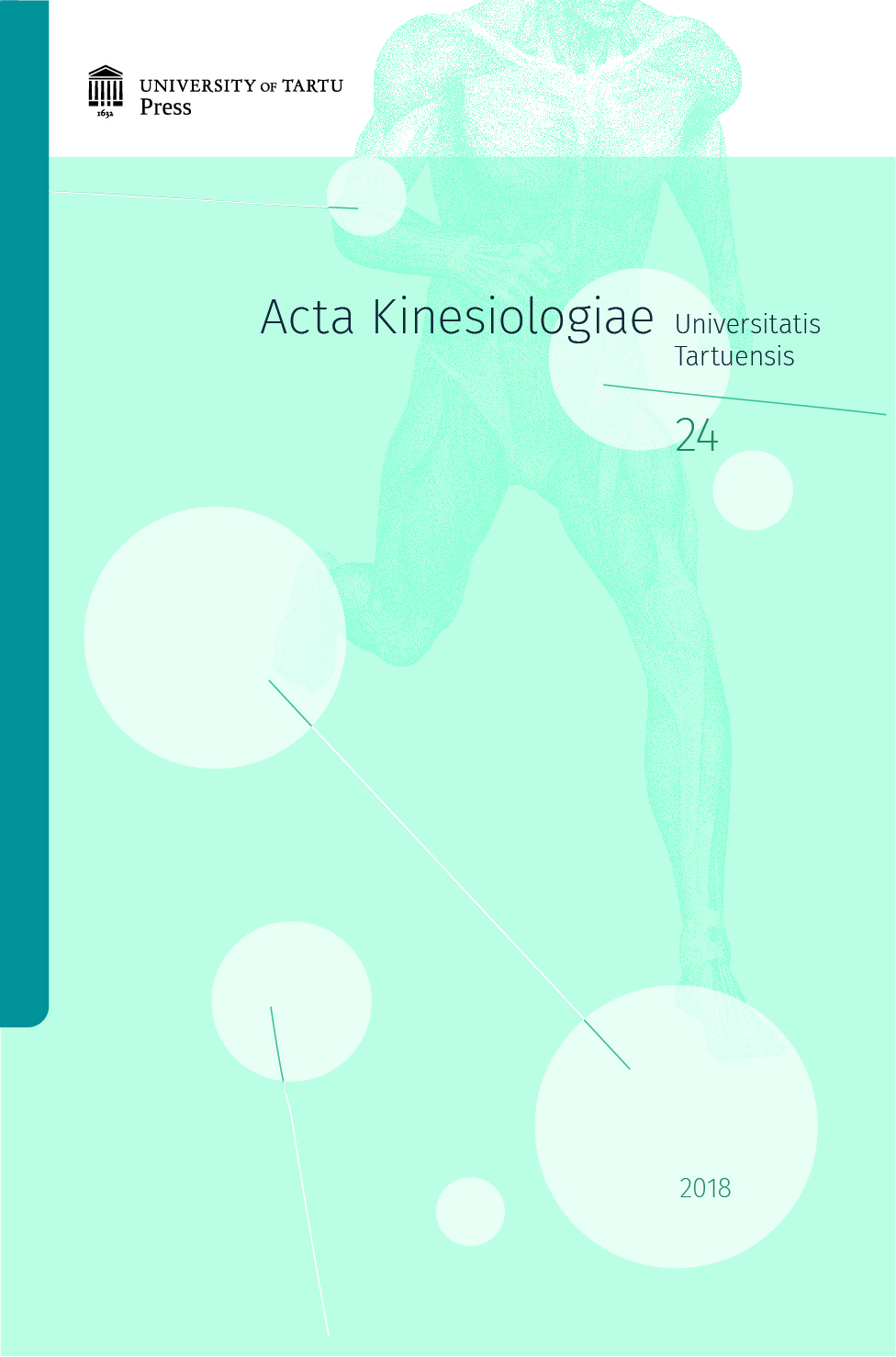Associations between inflammatory markers and bone mineral density in lean pubertal girls
DOI:
https://doi.org/10.12697/akut.2018.24.10Keywords:
inflammatory markers, lean girls, puberty, bone accumulationAbstract
We investigated whether common inflammatory markers are associated with bone accumulation in lean pubertal girls. Thirty-four 10–12-yearold lean girls at pubertal stages 2–4 were studied. Twelve inflammatory parameters [interleukin (IL)-2, IL-4, IL-6, IL-8, IL-10, vascular endothelial growth factor, interferon-gamma (IFN-γ), tumour necrosis factoralpha, IL-1α, IL-1β, monocyte chemotactic protein-1 (MCP-1) and epidermal growth factor] were measured from plasma samples. Whole body (WB), lumbar spine (LS) and femoral neck (FN) bone mineral density (BMD), and WB bone mineral content (BMC) were assessed by DXA. Plasma IFN-γ concentration was negatively correlated (p<0.05) with WB BMC (r=–0.45), WB BMD (r=–0.46) and FN BMD (r=–0.43). In addition, plasma IL–6 (r= –0.37; p<0.05), IL-1α (r=–0.40; p<0.05) and MCP-1 (r=–0.38; p<0.05) concentrations were also negatively correlated to measured BMD values. The stepwise regression analysis showed that IFN-γ alone and together with IL-1α explained 18.6% and 27.6%, respectively, of the variability in WB BMD, while IL-1α and MCP-1 together explained 25.5% of the variability in LS BMD, and IL-1α together with IFN-γ explained 34.1% of the variability in FN BMD. In conclusion, plasma IFN-γ, IL-6, IL-1α and MCP-1 concentrations were associated with BMD variables, suggesting that these cytokines may participate in bone accumu lation in lean pubertal girls.


